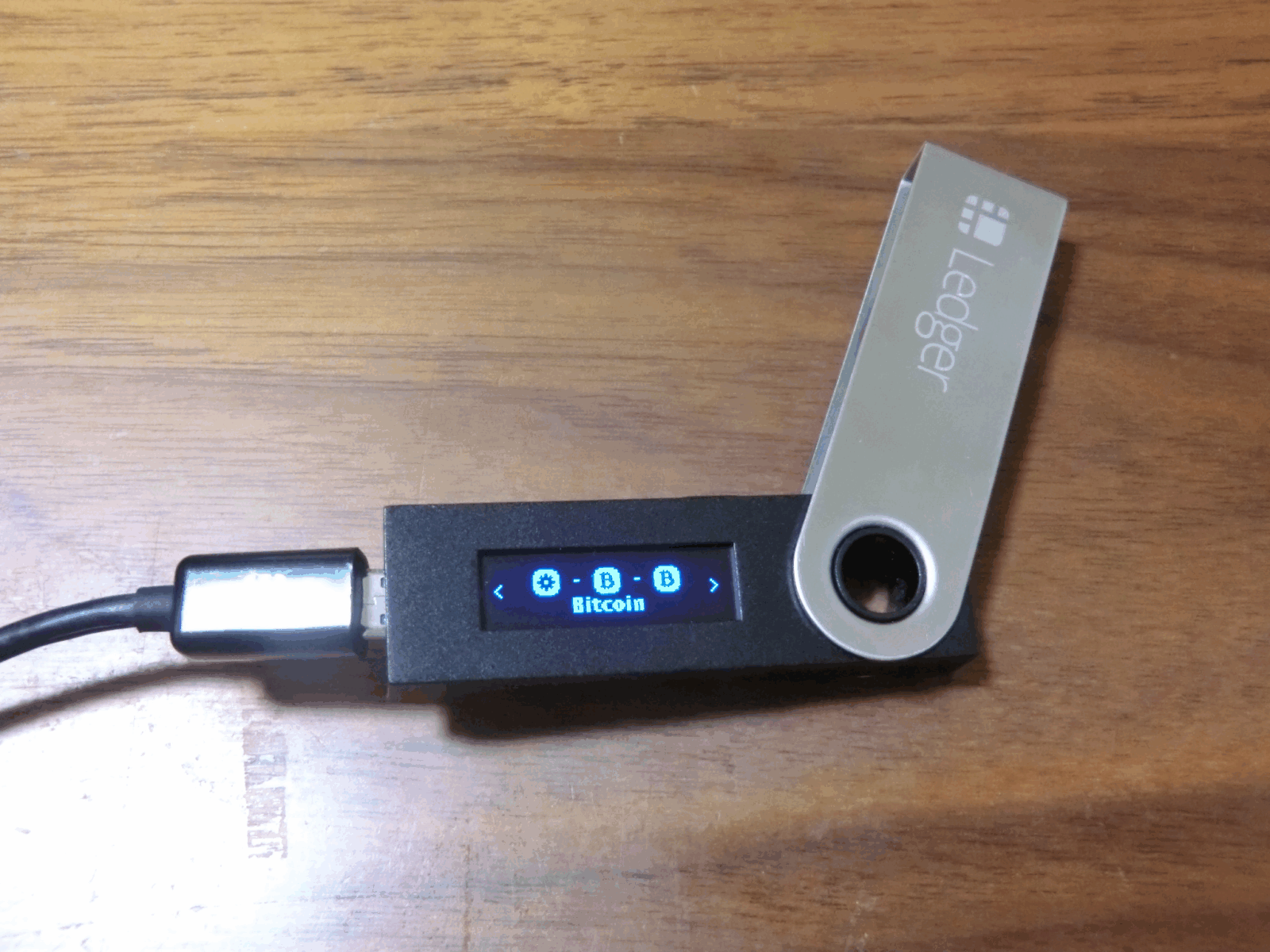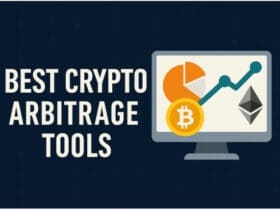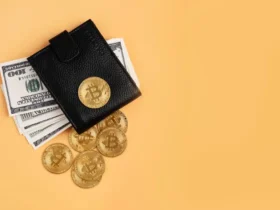This article covers how to secure your crypto wallet and defend your digital assets against hacking, scams, and theft.
Practical steps include strong passwords, two-factor authentication, securing your private keys, and selecting appropriate wallets.
Implementing these strategies will protect your cryptocurrency and guarantee it is entirely in your possession.
What Is a Crypto Wallet?
A crypto wallet is a digital tool that enables you to safely keep, transfer, and obtain cryptocurrencies such as Bitcoin, Ethereum, and other digital valuables.
Unlike a physical wallet, a crypto wallet never holds coins; it merely contains the private keys and public keys that grant you access to your coins stored on the blockchain.
A crypto wallet can either be hot wallets (which are online and offer ease of use but are slightly less secure); or cold wallets (which are offline and offer a greater degree of protection).
Hot wallets are critical to ensure crypto is managed securely and to thwart potential hacks or thefts of your crypto assets.
How To Secure Your Crypto Wallet
Securing your crypto wallet is important to keep your digital assets safe from hacks, scams, and human error. Here’s a step-by-step approach, using one reliable platform—MetaMask.

Choose a Reputable Wallet
- Download MetaMask from the official website or app store.
- Do not use third-party links as they may be phishing scams.
Set a Strong Password
- Design a unique, complex password for your wallet.
- Do not reuse passwords from other sites.
Backup Your Seed Phrase
- MetaMask will give you a 12-word seed phrase.
- Write it down and store it offline in a safe place.
- Never share it, and do not take a screenshot.
Enable Two-Factor Authentication (2FA)
- Though MetaMask itself does not have 2FA, you can link it to other platforms that do to provide extra security when using exchanges.
Use Hardware Wallet Integration
- If you have large holdings, link MetaMask to a Ledger or Trezor hardware wallet.
- This will give you offline security and reduce the risk of hacks.
Stay Updated and Vigilant
- Always keep your wallet and browser extensions updated.
- Exercise caution when using public Wi-Fi for transactions.
- Ensure URLs and emails are verified prior to transaction confirmation.
Educate Yourself Continuously
- Familiarize yourself with phishing and scams, and learn best practices for crypto.
- Ensure that you have reviewed the security settings and backups on your wallet recently.
Types of Crypto Wallets
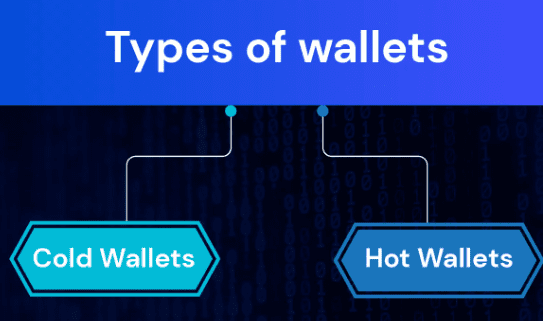
Hot Wallets: Hot wallets are are online storage facilities directly integrated with your crypto accounts. They are convenient, however, they are more prone to hacking and phishing schemes.
Mobile Wallets: Cryptocurrency can be kept in and transferred from Mobile wallets directly on the smartphone as an app. They are user friendly, and less secure than desktop wallets.
Desktop Wallets: Desktop wallets provide better control and offer ample storage on your computer. Control and security highly depend on the the protection offered by the device.
Web Wallets: Web wallets are based on browsers. Desktop wallets can be considered as web wallets to an extent. They can be accessed anywhere but are more open to attacks.
Cold Wallets: Cold wallets include hardware and paper wallets and are completely offline. Cold wallets are considered as the most secure and long-term storage is offered.
Hardware Wallets: Physical hardware wallets offer storage and keep your private keys secure. They are highly secure, ideal for large holdings, and resistant to malware attacks and hacks.
Paper Wallets: Cost-effective paper wallets can be as secure as they are your drawings and are completely offline. They must be avoided illicitly and kept secure.
Strong Passwords and Authentication
Importance of a strong, unique password
A strong, unique password prevents unauthorized access to your crypto wallet, protecting your digital assets from hackers and online attacks.
Using passphrases instead of simple passwords
Passphrases combine multiple words for complexity, making them harder to guess while easier to remember than random characters or numbers.
Enabling Two-Factor Authentication (2FA)
2FA adds an extra security layer by requiring a verification code along with your password, reducing risk of unauthorized access.
Avoiding password reuse across platforms
Reusing passwords increases vulnerability; a breach on one platform can compromise all accounts sharing the same password.
Secure Your Private Keys and Seed Phrases
Explanation of private keys and seed phrases: Private keys and seed phrases allow entry to your crypto wallet.
Never store them digitally or online: Hacking is a risk; digital storage is unsafe and unsecure.
Best practices: offline storage, physical copies, safe locations: Keys should be written down and stored securely in safe locations.
Avoiding screenshots or cloud backups: Screenshots, backups, or digital storage offer risk; always use offline.
Software and Device Security
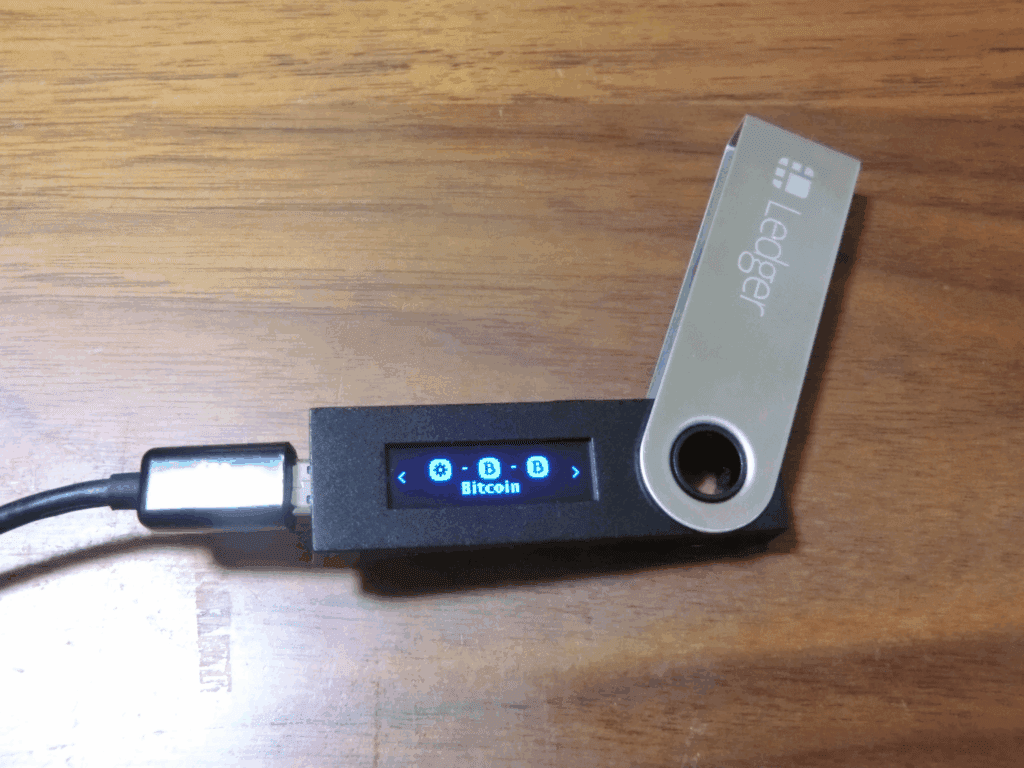
Keeping wallets updated with the latest security patches
Vulnerabilities are fixed during updates; wallets become secure from hackers and malware.
Using antivirus and anti-malware software
Antivirus ensures malware infections will not compromise your crypto funds.
Avoiding public Wi-Fi when accessing wallets
Public Wi-Fi connections are dangerous; keep them for other activities.
Using dedicated devices for crypto transactions (optional)
Reduce malware exposure and unsecured crypto transactions by using dedicated devices.
Safe Trading and Exchange Practices
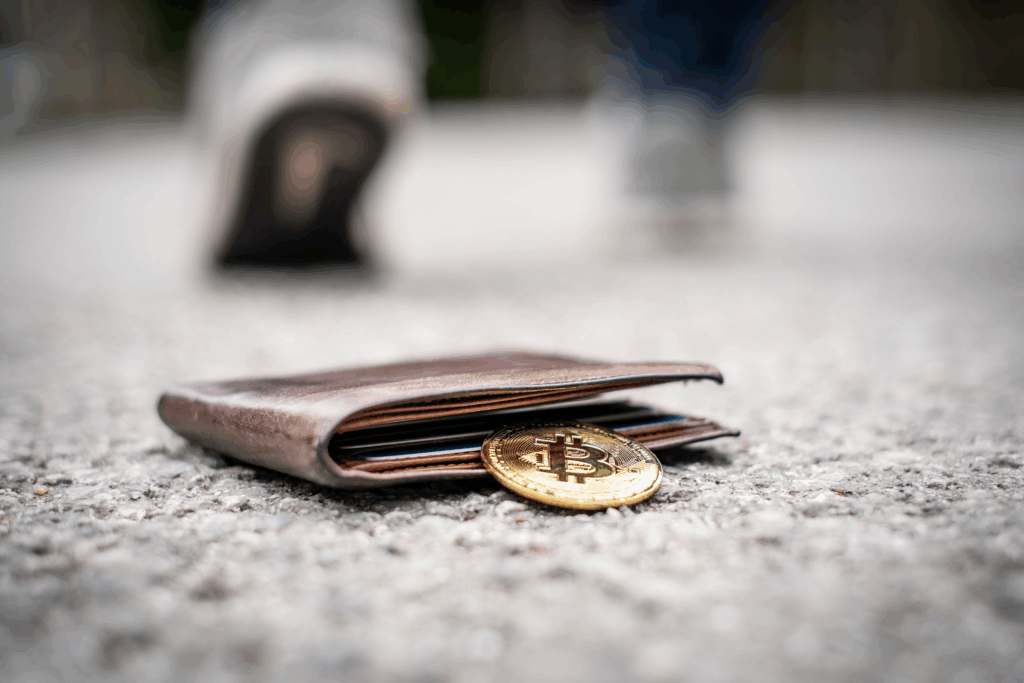
Choosing reputable exchanges: Use well-known and regulated exchanges to minimize risk of hacks and scams.
Avoiding keeping large balances on exchanges: Store only funds for immediate trading whilst the rest should be moved to long-term secure wallets.
Using hardware wallets for long-term storage: Hardware wallets keep your assets secure and offline, protected from digital threats and theft.
Conclusion
In conclusion, Protecting your crypto wallet is key to keeping your assets secure from breaches, scams, and potential missteps.
Use complex passwords, activate two-factor authentication, keep private keys stored offline, and acquire a hardware wallet for any crypto you plan to hold for a long time.
Practice observation, beware of dubious links, and maintain updated devices. The integration of these strategies keeps your crypto secure and solely within your control.
FAQ
Opt for wallets with strong encryption, good reputation, and backup options.
Hot wallets are online and convenient; cold wallets are offline and safer.
Store them offline, never share online, and keep physical backups secure.
Yes, to create and store complex, unique passwords safely.
An extra layer requiring a verification code along with your password.





